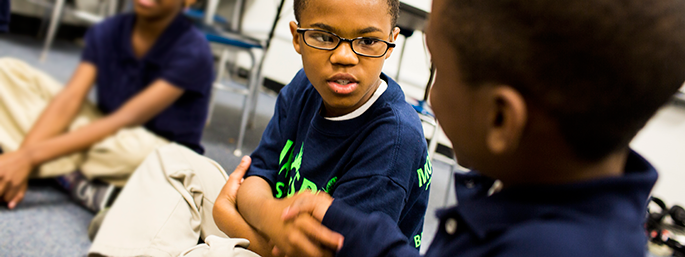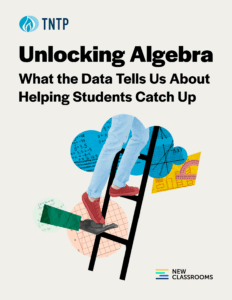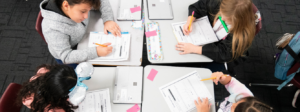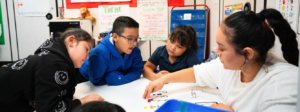Editor’s note: This post was originally published as an op-ed in Crain’s New York Business.
***
Two years after Covid-19 forced nationwide school closures, the academic toll of the pandemic is coming into focus—and it’s a sobering picture.
Even before the pandemic, my organization, TNTP, sounded the alarm that many students—particularly Black and brown ones from low-income families—weren’t getting the educational opportunities they needed to graduate ready for college or a career. But during the past two years, significantly more students have fallen behind their grade level, exacerbating the already dire situation.
The current unprecedented amount of unfinished learning could deny millions of students a sustainable path to social and economic mobility keeping far too many locked in a cycle of intergenerational poverty. It’s also one of the biggest long-term threats to our economic viability that nobody’s talking about. After all, the success of businesses in every industry depends on a steady flow of graduates with the skills to take on 21st-century jobs.
School systems can take immediate steps to reverse the slide by adopting learning acceleration. When students fall behind, teachers typically go back and reteach material from earlier grades before moving on. Although the remediation strategy makes sense on the surface, we’ve found that denying students access to grade-level work—even with good intentions—causes them to fall even further behind. With learning acceleration, teachers give grade-level material to every student, bringing in key concepts from earlier grades only when necessary.
This “just in time” support can be key to catching up and moving forward. A study my organization authored with Zearn, an online math curriculum, found compelling evidence that learning acceleration works. The research found that students who experienced learning acceleration completed 27% more grade-level lessons than those who experienced remediation. And they struggled less with grade-level work, debunking the idea that remediation protects students from becoming frustrated with school.
Learning acceleration is an important innovation. But we’ll need many more innovative ideas to put all young people on a path to financial security. The pandemic has taught us that adaptiveness is a prerequisite for relevance in a world where fast-moving, exponential change is the new normal. This moment calls not just for better instructional techniques but also for a different education paradigm.
Leaders at every level and from all sectors should join forces to build the public education system our country needs to retain its global competitive edge. That starts with reorienting the focus of K–12 education to offer all students, including our most marginalized, multiple pathways to good jobs in the economy of the future. College is one path. Coding is another. Climate change mitigation yet another. There are dozens more.
The chaos of the past two years exposed some of the worst about our education system. But it also showed the best: that educators and entire systems can adapt, innovate and succeed against the odds. The challenges our students face today are daunting but not insurmountable. We can do this.








